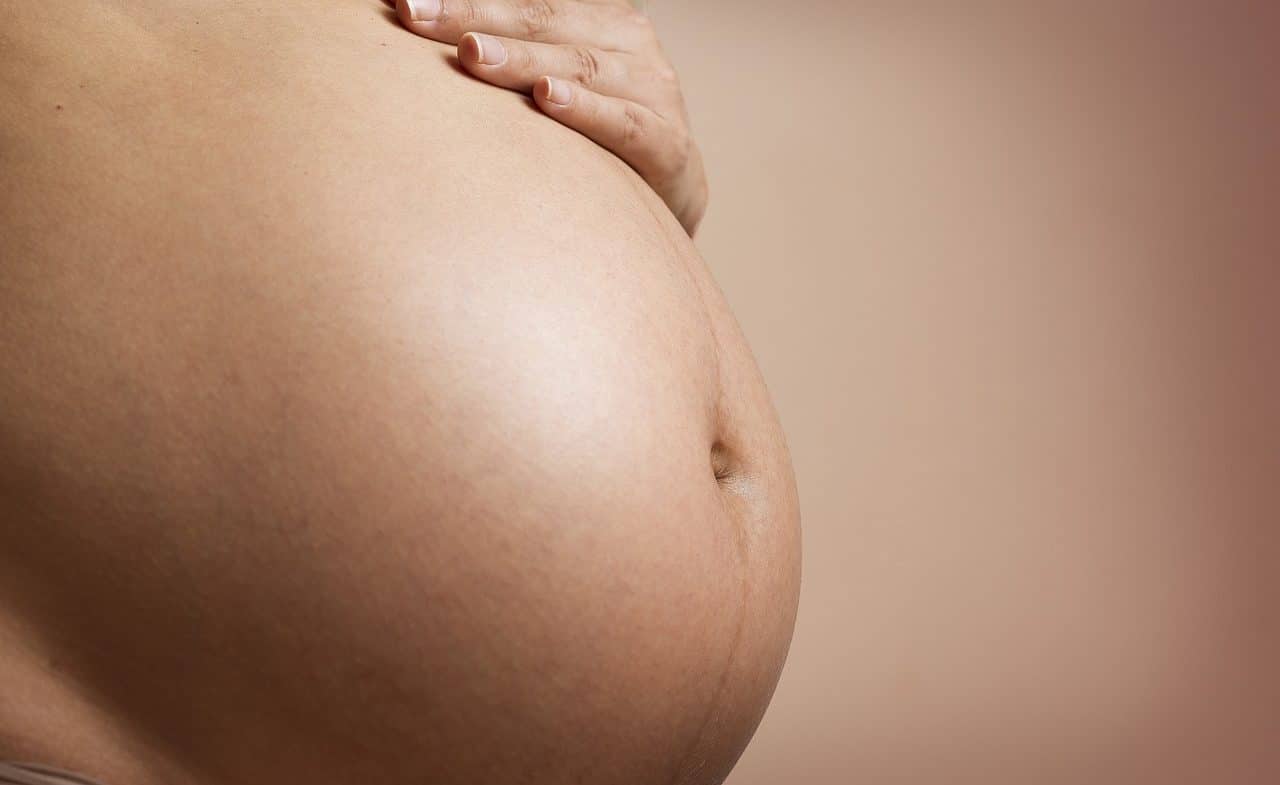
The fertility rate is an indicator of interest for demographics .
Fertility rate is a notion that refers to the average number of births per woman that would exist if all women lived throughout their fertile stage and gave birth according to the average fertility rate of each age. This is a variable that measures the possible extent of demographic changes in a territory.
The coefficient that refers to the link between two magnitudes is called rate . Fecundity , for its part, refers to fertility and the ability to produce or reproduce.
Types of fertility rates
It is possible to differentiate between two kinds of fertility rates: the general fertility rate and the global fertility rate .
The general fertility rate is the index that reflects the number of live births registered in a year per 1,000 women between 15 and 49 years of age. The global or world fertility rate , on the other hand, indicates the average number of births of those women who completed their reproductive cycle in a certain country.

There are different types of fertility rates.
An example
Suppose that, in one year, 125 children are born in a town and there are 2,500 women of childbearing age (between 15 and 49 years old). The general fertility rate, expressed per 1,000 women , is 50 .
That is, we can determine that the formula to obtain the general fertility rate is the following: the total number of births in a country or area divided by the female population that is of fertile age (15 to 49 years) and then the result is multiply by 1,000.
Fall in fertility rate
The total fertility rate, often referred to simply as the fertility rate, indicates the average number of births that would occur in a year if all women in a region survive their fertile years and have children according to the age-specific fertility rate. . This rate is falling globally in most industrialized countries.
This fertility rate has become one of the basic demographic indicators used to gain a thorough understanding of the reality of a country. However, we cannot ignore that, along with it, other indicators are studied. In the case of fertility itself, there are some like the following:
- The fertility rate by age of the mother.
- The short-term fertility indicator.
- The average age of motherhood . In this case, we can say that to obtain this parameter we must use data such as the fertility rate or the aforementioned short-term fertility indicator.
- The percentage of births by birth order.
- The percentage of those born to unmarried mothers. This refers to single, widowed or divorced women.
However, when it comes to knowing in depth certain sociological and social aspects of a nation, it is common to also analyze mortality using indicators such as the crude mortality rate, the mortality rate by age, which is carried out by sex or even life expectancy.
